In the past two years, HDR has sparked a fire that's been nothing short of explosive. Whether online or in physical stores, HDR seems to have become a "must-have" feature for televisions. Product pages are flooded with buzzwords and technical jargon about HDR technology, making it seem like an essential upgrade. But after purchasing, many consumers found out it wasn't all it was cracked up to be.
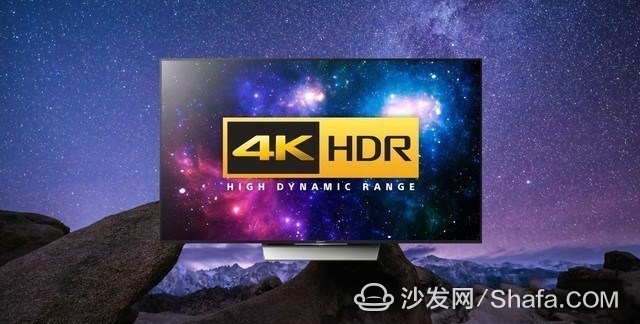
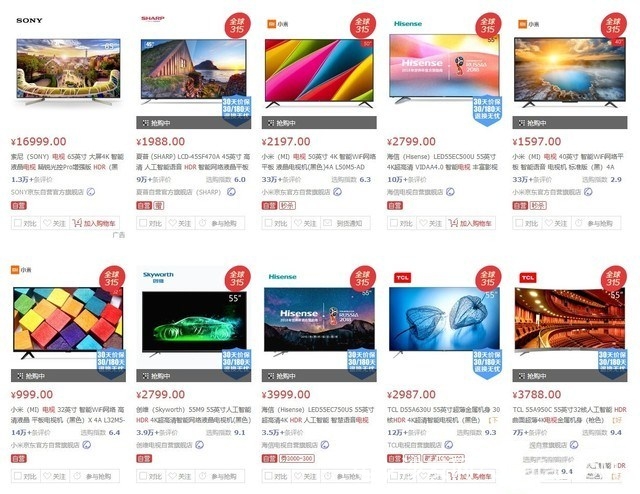
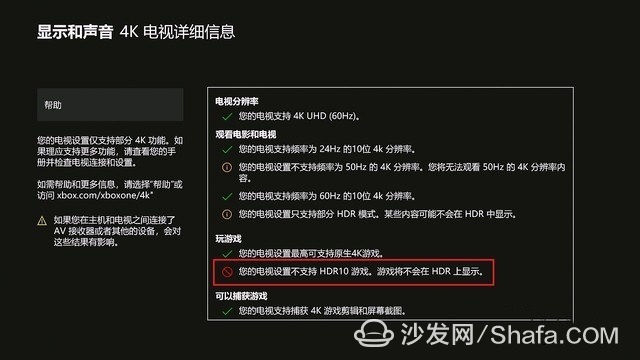
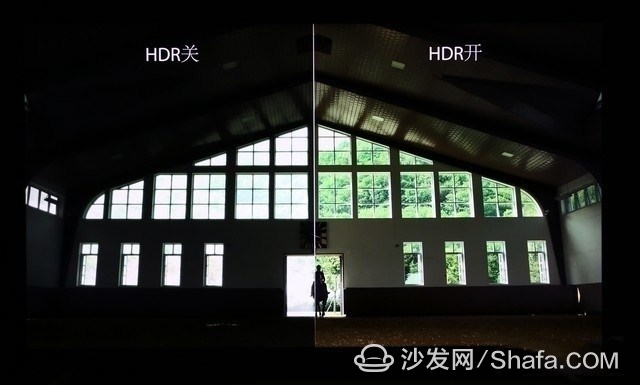
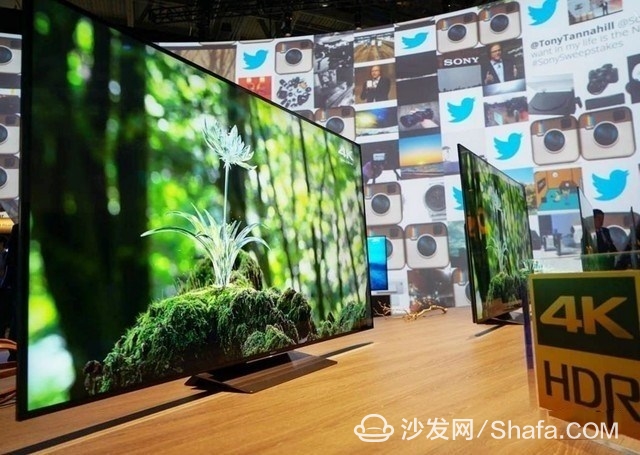
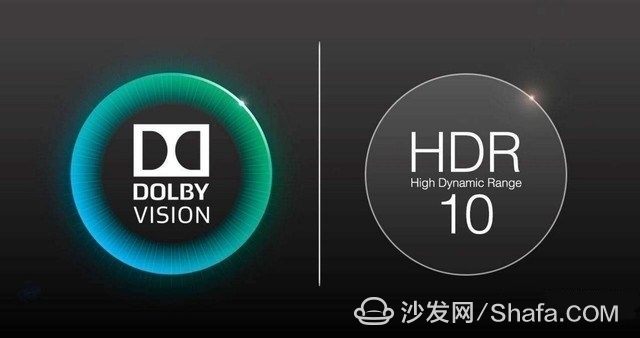
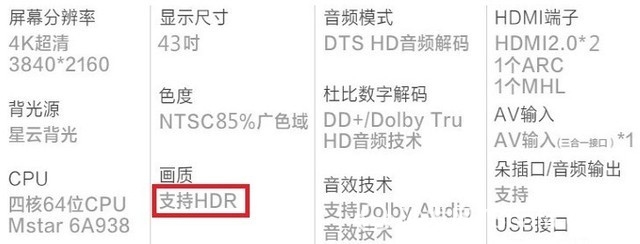
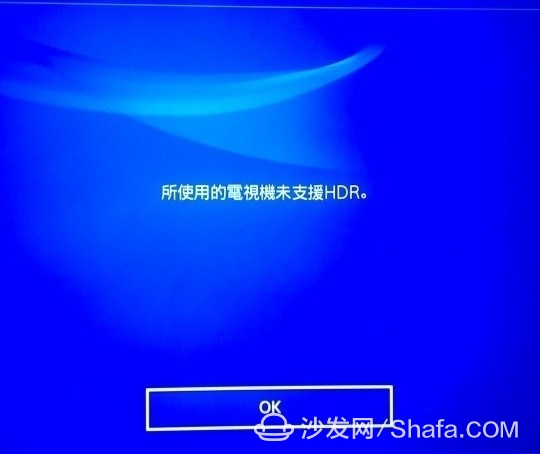
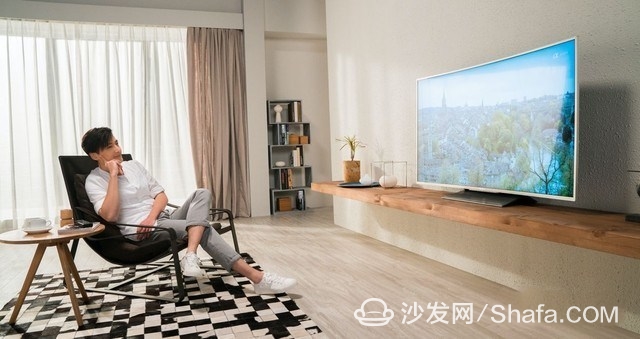
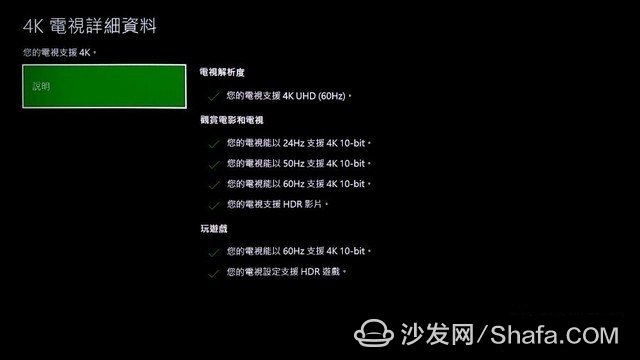

Senior players tell you: These HDR TVs can't be bought without killing
The current TV market is rife with confusion around HDR. If you search for "HDR TV" on Tmall, JD.com, or Suning, you'll find models priced as low as 1,498 yuan, while mainstream options hover around 5,000 yuan. Some high-end models even reach into the tens or hundreds of thousands.

Searching for HDR TVs in E-commerce: Prices Can Be Different
Even though most TVs now claim to support HDR, few consumers truly understand what that means. The same model can vary widely in price, but how do you know which one is genuine? What benefits does HDR actually bring?
Over the past few days, I've spoken to many people who've fallen into the trap of buying "false" HDR TVs. One friend bought a 4K TV thinking it supported HDR, only to discover it didn’t support HDR10 games at all. This shows that just because a TV claims to support HDR doesn’t mean it delivers the full experience.

Originally wanted to buy HDR TV Xbox, found that does not support HDR10 game at all
HDR isn't just one standard—it has multiple formats. HDR10, Dolby Vision, and HLG are the main ones. If you're not clear on these differences, you might end up with a TV that doesn't work well with your gaming console or Blu-ray player.

The ultimate goal of HDR technology is to make the picture we see on TV closer to the real world.
In simple terms, HDR enhances the contrast, brightness, and color of images, making them more vivid and realistic. However, the lack of industry standards has led to confusion. Many TVs claim to support HDR, but without knowing the specific format, it's hard to determine if they’re truly HDR-enabled.

TV HDR technology has no uniform industry standards
To avoid being misled, it’s important to know which HDR standard your TV supports. For example, if you play games on a PS4 Pro or Xbox One X, you need a TV that supports HDR10. If you watch 4K UHD Blu-rays, check whether the TV supports HDR10 or Dolby Vision.

Two common HDR video formats
Some brands clearly list which HDR standard their TVs support, while others don’t. If a product page just says “supports HDR†without specifying the format, it's better to ask the seller. Otherwise, you might end up with a “fake†HDR TV that doesn’t deliver the expected performance.

Some brands of TV product introduction pages only say "support HDR" does not explain standards, intentions
For instance, some joint-venture TV manufacturers clearly state which HDR standards their products support. Samsung, Sony, Hisense, Sharp, and Philips often mention HDR10, while LG supports both HDR10 and Dolby Vision. Choosing such brands gives you more confidence in the quality of the HDR experience.

"False" HDR TV does not support PS4 PRO
If you're unsure, the simplest way is to test it in-store. Connect your PS4 Pro or Xbox One X to the TV and see if it supports 4K HDR. That way, you can avoid being swayed by marketing hype.

Cheap HDR TV doesn't exist at all
I can tell you honestly—there’s no such thing as a cheap, high-quality HDR TV. TVs in the 1,000–2,000 yuan range may only support basic decoding and might not even support HDR10. They are essentially “fake†HDR TVs.
To choose the right HDR TV, look for features like high brightness, wide color gamut, and dynamic range. Make sure it supports the correct HDR format based on your needs—whether for gaming, movies, or general use.

Qualified HDR TV should be like this
If you want recommendations, here are three top HDR TVs:
- **Sony 55-inch A8F OLED TV** – Supports HDR10 and Dolby Vision. Great for gaming and Blu-ray.
- **LG Display 65-inch E7 OLED TV** – Offers excellent depth and brightness, supporting both HDR10 and Dolby Vision.
- **Samsung 65-inch Q8C QD TV** – Features high brightness and supports HDR10+.
These TVs come at a premium, but they deliver the best HDR experience.
In conclusion, HDR is a powerful technology, but it's still expensive and complicated. Don’t expect a budget TV to provide a high-end experience. If you value visual quality, invest in a real HDR TV. Otherwise, you might end up disappointed.Fork Type Connecting Terminals
Fork Type Connecting Terminals,Terminals,Connecting Terminals
Taixing Longyi Terminals Co.,Ltd. , https://www.txlyterminals.com